
Zanskar, Zahar (locally) or Zangskar, is a tehsil of Kargil district, in the Indian union territory of Ladakh. The administrative centre is Padum. Zanskar, together with the neighboring region of Ladakh, was briefly a part of the kingdom of Guge in Western Tibet. Zanskar lies 250 km south of Kargil town on NH301.

Sera Monastery is one of the "great three" Gelug university monasteries of Tibet, located 1.25 miles (2.01 km) north of Lhasa and about 5 km (3.1 mi) north of the Jokhang.
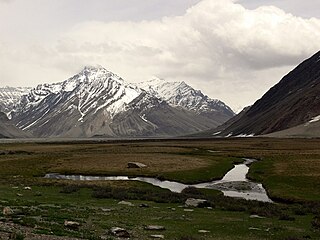
Rangdum is a village located in the Suru Valley in the union territory of Ladakh in Northern India. On one side are the colourful hills while on the other side are rocky mountains and glaciers, notably Drang-drung.
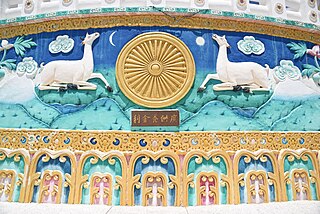
Ladakh Buddhist Association (LBA) is an organization in Ladakh, India concerned with interests of Buddhists in Ladakh. It was founded in 1933 by King Jigmet Dadul Namgyal, Kalon Tsewang Rigzin, lachumir Munshi Sonam Tsewang and Kalon Bankapa Morup Gyaltsan

The Gyalwang Drukpa is the honorific title of the head of the Drukpa Kagyu lineage, one of the independent Sarma (new) schools of Vajrayana Buddhism. This lineage of reincarnated masters started from Tsangpa Gyare, the first Gyalwang Drukpa and founder of the school. The 12th Gyalwang Drukpa, Jigme Pema Wangchen, is the current lineage holder. He was born at Lake Rewalsar, India in 1963.

Rizong gompa, Gelugpa or Yellow Hat Buddhist monastery is also called the Yuma Changchubling in Ladakh, India. It is situated at the top of a rocky side valley on the north side of the Indus, to the west of Alchi on the way to Lamayuru. It was established in 1831 by Lama Tsultim Nima under the Gelukpa order, at Ri-rdzong. There are 40 monks in the monastery. The monastery is also called "the paradise for meditation" and is noted for its extremely strict rules and standards. The nunnery, located about 2 km from the monastery, is called the "Jelichun Nunnery" or Chulichan (Chomoling), where, at present, 20 nuns reside. It is north of Srinagar-Leh highway & north of Mangyu temple complex.

Thiksey Monastery or Thiksey Gompa is a Buddhist monastery affiliated with the Gelug school of Tibetan Buddhism. It is located on top of a hill in Thiksey approximately 19 kilometres (12 mi) east of Leh, in the Ladakh region of northern India. It is noted for its resemblance to the Potala Palace in Lhasa, Tibet, and is the largest monastery in central Ladakh, notably containing a separate set of buildings for female renunciates that has been the source of significant recent building and reorganization.
The Khamtrul tulku lineage is part of the Dongyud Palden section of the Drukpa Lineage of the Kagyu school of Tibetan Buddhism.

The 12th Gyalwang Drukpa, Jigmet Pema Wangchen, is the head of the Drukpa Lineage school, which is one of the independent Sarma (new) schools of Tibetan Buddhism. In Drukpa, druk means 'dragon' which is a symbol of love and peace.

Karsha Monastery or Karsha Gompa is a Buddhist monastery in the Padum Valley of the Zanskar region of the union territory of Ladakh in northern India. The Doda River flows past the monastery from its source at the Drang Drung Glacier of the Pensi La. It was founded by the translator Phagspa Shesrab. The monastery, also known by the name Karsha Chamspaling, was founded by Phagspa Shesrab, under the Gelugpa Order or Yellow Hats. It is 11 km north of Padum in Zanskar River valley.

Likir Monastery or Likir Gompa (Klud-kyil) is a Buddhist monastery in Ladakh, Northern India. It is located at 3700m elevation, approximately 52 kilometres (32 mi) west of Leh. It is picturesquely situated on a little hill in the valley, in Likir village near the Indus River about 9.5 kilometres (5.9 mi) north of the Srinigar to Leh highway. It belongs to the Gelugpa sect of Tibetan Buddhism and was established in 1065 by Lama Duwang Chosje, at the command of the fifth king of Ladakh, Lhachen Gyalpo (Lha-chen-rgyal-po). It is off the Leh-Kargil Highway, 50 km west of Leh between Alchi & Basgo, 17 km west of Basgo Monastery & 21 km northeast of Alchi Monastery.

Mulbekh Monastery or Mulbekh Gompa, at 11,495 ft from sea level and 656 ft uphill from road level, consists of 9 m (30 ft) tall Maitreya Buddha statue, 1400 CE kharosti language edicts on the hill, and two 800 years old gompas, Serdung gompa of Drukpa lineage and Rgaldan-se gompa of Gelugpa lineage of Buddhism, 40 km from Kargil on NH1 Kargil-Leh Highway in Kargil district of Ladakh in northern India. Monastery has large prayer wheels and view enroute the cliff monastery are stunning. Rgaldan-se Gompa, established by Tungba Lzawa who is also known as Agu Tungba, was renovated in 2016. Nyima Lhakhang temple was built around 800 years ago in the oldest section of the Mulbekh Monastery by the students of the great Tibetan scholar Lotsawa Rinchen Zangpo, it houses Lhakhang.
Sani Monastery, Sa-ni-[tshog], is located next to the village of Sani where the Stod Valley broadens into the central plain of Zanskar in Ladakh, northern India. It is about 6 km to the northwest of the regional centre of Padum, a gentle two-hour walk. Like Dzongkhul Monastery, it belongs to the Drukpa Kargyu school of Tibetan Buddhism, and is the only one of this order in Zanskar which has nuns. It is thought to be the oldest religious site in the whole region of Ladakh and Zanskar.
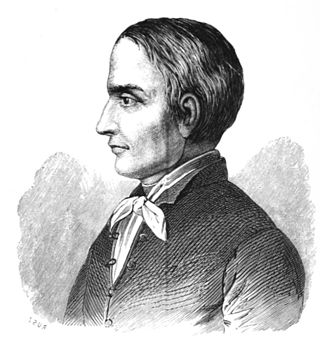
Current day Zangla village has no monastery, only a nunnery. Zangla Palace is sometimes called Zangla Monastery due to a mistake probably first made by Tivadar Duka, biographer of Alexander Csoma de Kőrös, and later by Ervin Baktay, an Indologist who visited Zangla in 1928 to identify the locations related to Alexander Csoma de Kőrös. Suffering from malaria, he described Zangla Palace - probably due to the shrine and the monks living there - as a monastery.
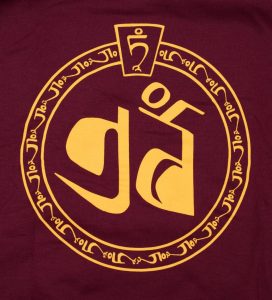
The Tibetan Nuns Project is a non-profit organization whose purpose is to support Buddhist female monastics in India from a variety of Tibetan Buddhist lineages. It helps nuns who want to study and advance their ordination.

Ka-Nying Shedrub Ling is a Tibetan Buddhist monastery near Boudhanath, on the outskirts of Kathmandu, Nepal. It has ties to both the Kagyu and Nyingma schools, hence the combined Ka-Nying in the name. Shedrub Ling means “sanctuary for learning and practice.”
All Ladakh Gonpa Association (ALGA) is the central organisation of the Buddhist monasteries in Ladakh, India. It aims to preserve and strengthen the monastic institutions. It was founded by the 19th Kushok Bakula Rinpoche in 1949 and he acted as its president for 41 years, from 1949 until 1991. In 1949, the first meeting of the great monasteries was held and ten monasteries took part. All Ladakh Gonpa Association was registered in 1959 and is run by a governing body consisting of fifteen lama members belonging to all four major schools of Tibetan Buddhism. There are sixteen major monastic institutions with hundreds of monks in each monastery.

The Kung Fu Nuns are an order of Buddhist nuns who belong to the Drukpa Kagyu lineage, a thousand-year-old sect led by the Gyalwang Drukpa. Their name comes from the order’s proficiency in Chinese martial arts, which they began learning in 2008 after the 12th Gyalwang Drukpa authorised training for them despite centuries-old Buddhist laws banning exercise for nuns.

Pharping is a small Newar town lying above the Bagmati river on the southern edge of the Kathmandu valley, about 23 km from the capital. It is now part of the Dakshinkali Municipality.
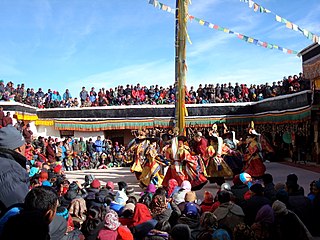
Gustor festival is celebrated in different monasteries of Ladakh. It is celebrated by various monasteries such as Thiksey, Spituk, Korzok and Karsha. The word Gustor དགུ་གཏོར / དགུ་སྟོར literally means 'Sacrifice of the 29th Day' in the Tibetan language. The festival is celebrated for two days, with different kinds of rituals, ceremonies, music & Cham Dance.

















